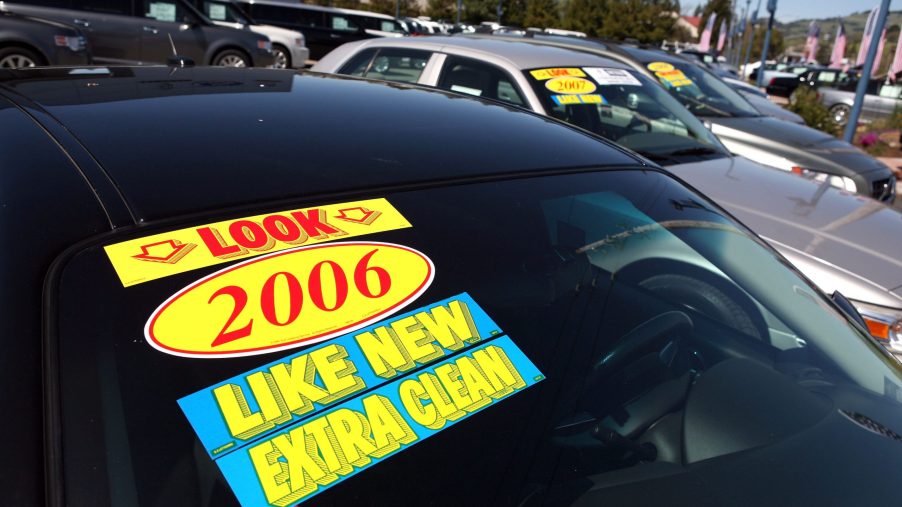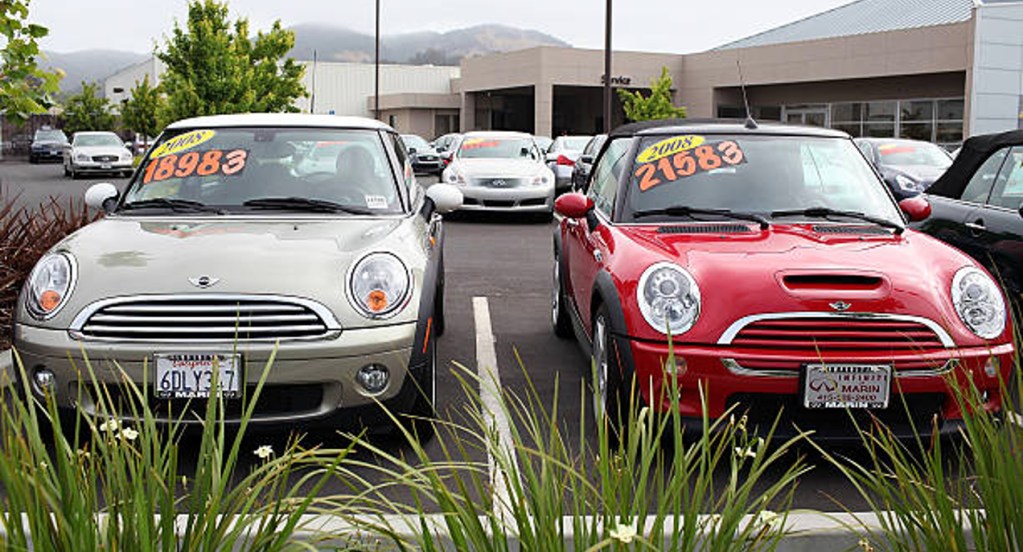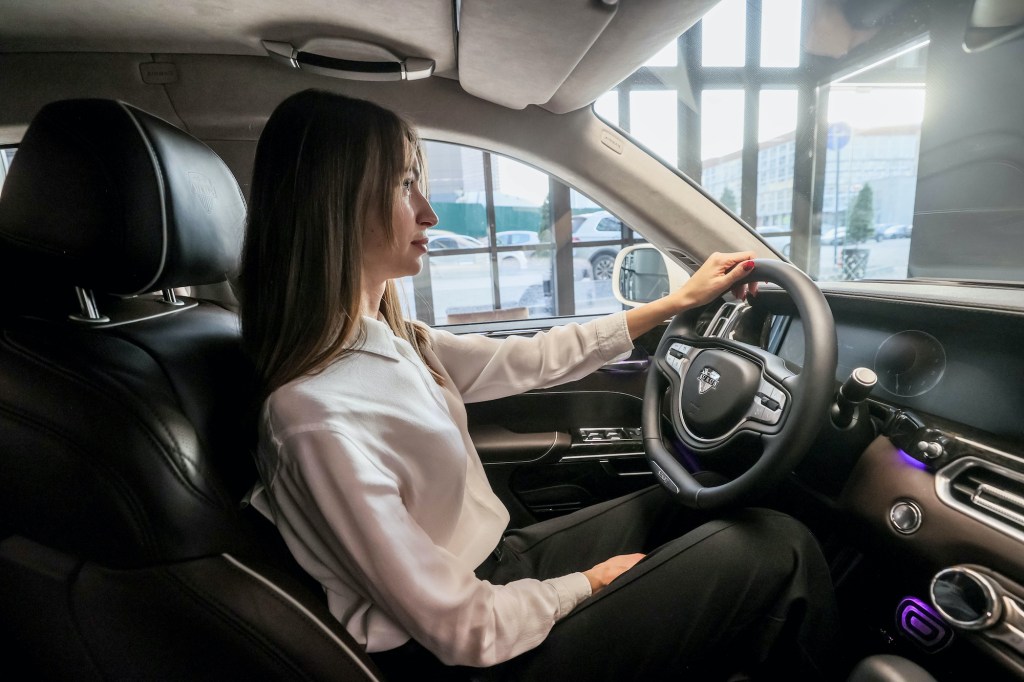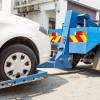
Have a Used Car Loan? You May End Up Owing More Than It is Worth
We hate to be the bearer of bad news but several car market analysts think used-car prices will soon be taking a dive. That means if there is a used car loan involved, there could be negative-equity issues on the horizon. That’s because used-car prices are closely tied with the new car market.
What does the new car market have to do with a used car loan?

But in these crazy times, while new car prices have risen a bit over 10 percent year-over-year, used car prices spiked over 40 percent. And that means that used-car prices will soon fall as much as 30 percent to adjust to the more traditional new car market.
Consulting firm KPMG global head Gary Silberg told Automotive News, “Whatever path the new-car market takes to a ‘new normal,’ used-car prices will eventually return to the traditional relationship with new-vehicle prices. In other words, a 20 to 30 percent plunge in used-vehicle prices is in the cards.”
KPMG predicts that between October 2022 and 2023, vehicle supply will achieve equilibrium. That is when used-car prices will start to fall. “In every scenario, we expect the market to anticipate the turnaround in the new-car supply situation ahead of time and begin repricing used cars before new-car lots are full and used-car demand returns to normal,” KPMG says.
Lenders might be stuck with overvalued cars

What about those with overvalued vehicles? KPMG says that lenders will then be stuck with overvalued vehicles. About 44 percent of trade-ins had negative equity starting in April 2020. That put the average lessee with over $5,500 negative equity. Since then that amount has lowered by about $1,000, but the number of negative equity trade-ins remained the same.
Other analysts, like Cox Automotive, say used-car prices will peak between January and April 2022. Some of that will be fueled by car buyers using tax refund money. Then normal depreciation will take over in a year, bringing prices back down to where they are at now.
It could be 2025 before normalcy returns

But Cox also expects that the demand for vehicles won’t come down to the level it was before the pandemic until 2025. With the prediction, it means that 2022 new-car sales will hit 17 million vehicles sold in the US.
But some of this is dependant on how the Federal Reserve handles inflation. If its response is too strong, it could stifle new car purchases. But in between these two predictions is the potential for the whole market to extend out should inflation last longer.
So these three predictions give a full range of scenarios, with best-guesses for the car market going into 2022. Obviously, there will be some winners and losers any way the markets go. Our advice would be to hold off on that used car purchase until prices stabilize.



